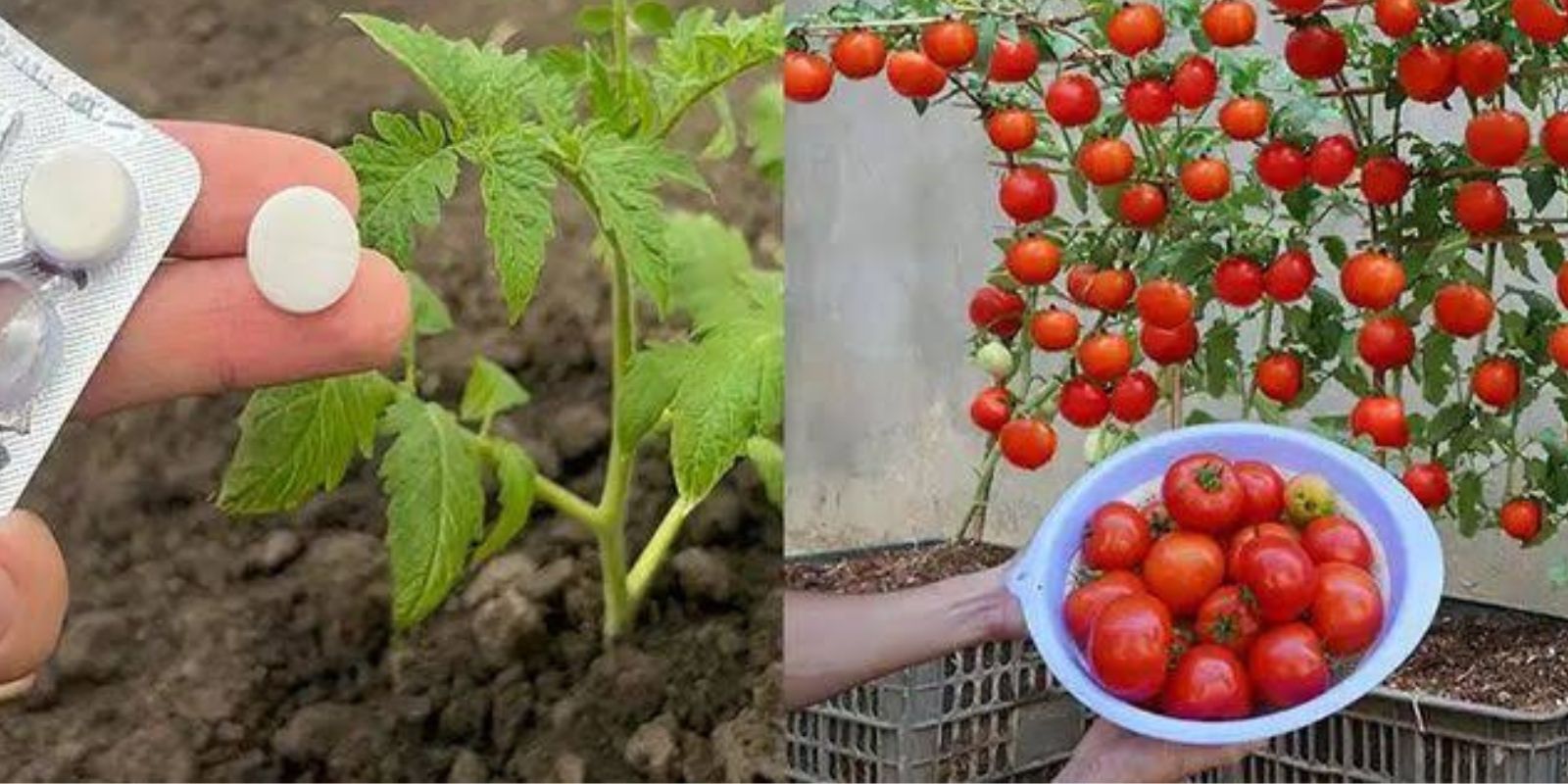Tomatoes are one of the most rewarding plants to grow at home. With their vibrant colors, juicy flavors, and versatility in the kitchen, it’s no wonder they’re a favorite among gardeners worldwide. Growing tomatoes might seem daunting at first, but with the right approach, you can cultivate healthy plants and enjoy abundant harvests in no time. This guide will walk you through every step of the process, from selecting the right variety to reaping the fruits of your labor.
Why Grow Tomatoes at Home?
Tomatoes offer more than just a burst of flavor—they’re packed with nutrients like vitamin C, potassium, and antioxidants. Growing your own tomatoes ensures you enjoy fresh, pesticide-free produce, and the satisfaction of harvesting your food is unmatched.
Step 1: Choose the Right Variety
Your first decision is crucial: selecting a tomato variety that suits your needs and environment.
- Determinate Tomatoes: These are compact plants that grow to a set size, making them ideal for small gardens or container planting. They produce their fruit all at once, which is great for canning or batch cooking.
- Indeterminate Tomatoes: These grow continuously throughout the season and are perfect for gardeners who want a steady supply of fresh tomatoes. They require more space and support.
For a quicker harvest, opt for early-maturing varieties such as Cherry Tomatoes, Roma Tomatoes, or Early Girl.
Step 2: Start with Quality Seeds or Seedlings
Using high-quality seeds or healthy seedlings increases your chances of success. If starting from seed, begin indoors 6-8 weeks before the last frost. Use seed trays with nutrient-rich soil and place them in a sunny spot or under grow lights.
Step 3: Provide Ample Sunlight
Tomatoes are sun-loving plants that need at least 6-8 hours of sunlight daily. Choose a location in your garden with full sun exposure. If you’re growing indoors or in shaded areas, consider using grow lights to supplement natural light.
Step 4: Prepare the Soil
Healthy soil is the foundation of thriving tomato plants.
- Ensure the soil is well-draining to prevent root rot.
- Enrich it with compost or well-rotted manure to provide essential nutrients.
- Test the soil’s pH and aim for a range between 6.0 and 6.8 for optimal growth.
Raised beds or large containers work well for tomatoes, offering better control over soil quality and drainage.
Step 5: Watering Practices
Tomatoes require consistent moisture to grow well. However, overwatering can lead to fungal diseases and cracked fruits.
- Water the plants at the base, avoiding the leaves to reduce the risk of disease.
- Keep the soil evenly moist, especially during flowering and fruiting stages.
Pro tip: Mulch around the plants to retain soil moisture and regulate temperature.
Step 6: Fertilize Regularly
Tomatoes are heavy feeders, and regular fertilization is key to their growth.
- Use a balanced fertilizer (10-10-10 NPK) during the early growth stages.
- Once the plants start flowering, switch to a fertilizer higher in phosphorus to encourage fruit development.
- Avoid over-fertilizing with nitrogen, as this leads to lush foliage but fewer fruits.
Step 7: Pruning and Staking
Pruning helps improve air circulation and directs the plant’s energy toward fruit production.
- Remove the lower leaves that touch the ground to prevent diseases.
- Pinch off suckers (small shoots growing between the main stem and branches) to promote better growth.
Support the plants with stakes, cages, or trellises to keep them upright and protect them from wind damage.
Step 8: Boost Growth with Salicylic Acid Sprays
Salicylic acid, a natural growth enhancer, can help your tomato plants thrive.
- Mix a solution with water and spray it on the plants every 2-3 weeks.
- This helps strengthen the plants’ immune systems, making them more resistant to pests and diseases.
Step 9: Monitor for Pests and Diseases
Tomatoes are susceptible to a variety of pests and diseases. Early detection is crucial to protect your plants.
- Common pests: Aphids, whiteflies, and hornworms. Use organic insecticides or companion planting (e.g., marigolds) to deter them.
- Common diseases: Blight, powdery mildew, and leaf spot. Practice crop rotation, and remove affected leaves promptly.
Step 10: Harvesting
The best part of growing tomatoes is the harvest!
- Wait until the tomatoes reach their full color and feel slightly firm to the touch.
- Gently twist the fruit off the vine or use pruning shears to avoid damaging the plant.
Harvesting regularly encourages the plant to produce more fruit.
Bonus Tips for a Successful Harvest
- Companion Planting: Grow basil, marigolds, or onions near your tomatoes to repel pests and improve flavor.
- Spacing: Ensure proper spacing between plants to prevent overcrowding and improve air circulation.
- Rotation: Avoid planting tomatoes in the same spot every year to minimize disease risk.
The Joy of Homegrown Tomatoes
Growing tomatoes at home is a fulfilling experience that combines gardening skills with culinary delights. With patience, attention to detail, and the right care, you can enjoy a bountiful harvest of fresh, flavorful tomatoes in your backyard or balcony.
Ready to start growing? Share your progress and tips in the comments below!
🌿 Hashtags:

